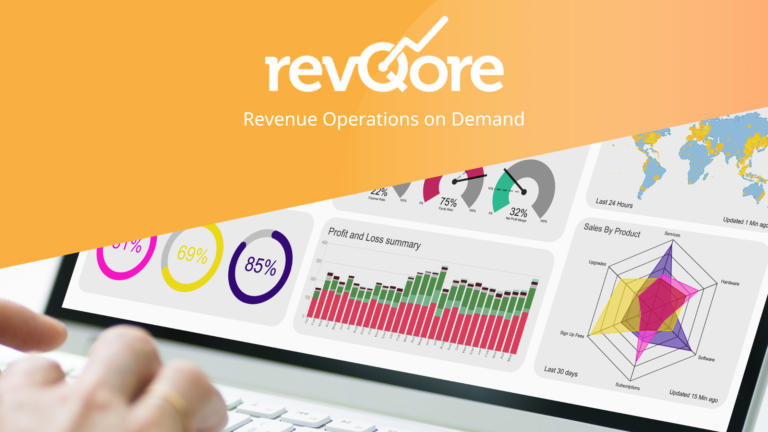RevOps professionals wear many hats. The role requires the management of multiple (often complex) projects and initiatives which inevitably include diverse stakeholders across all levels of the organisation. This demands the ability to quickly switch contexts and perspectives, and to tell the story of the data in a way that resonates with each stakeholder.
Lissy Newland, one of RevQore’s RevOps Consultants knows first-hand how important honing this skill is:
“It is a real skill to take complex data, analyse and understand it, and then explain it in a way that makes sense to your audience. This will vary depending on the seniority and needs of the person you are speaking to, so ensuring you have truly uncovered their needs beforehand is so important.”
How to Ensure Your Data Story is Valuable
First, it is important to be understand the role of the people you are working with on the project, initiative or plan. Are they part of the audience or are they a stakeholder you need to convince or influence?
“Audiences are individuals that have no influence on decisions”. (@Nancy Amandi)
The data story we tell the audience versus the stakeholder (e.g., CEO) may differ because their understanding of the data can diverge due to their unique perspectives. Despite their potentially different understandings, both audiences and stakeholders need to grasp the problem. This is where RevOps comes in to tell those stories.
We recommend following the 5 Steps below when crafting your data story:
Five Steps to Crafting a Compelling Narrative
1. Establish Your Theory & Define Your ‘Characters’
Determine what you are trying to prove or disprove and identify your key characters (stakeholders). Who are you trying to influence?
2. Collect & Analyse the Data
Gather data that serves as the backbone of your story. Thoroughly analyse the data to identify any missing pieces, which can also be a crucial point in your narrative. Ensure the data is robust enough to support your conclusions.
3. Set the Scene
Summarise the contextual narrative surrounding the data and define the purpose of your story. Create visualisations, such as charts, graphs, and videos, to support the narrative. These visual aids can be the most memorable and clear way to communicate your story.
4. Highlight the Conflict
Describe the root issue in detail. Clearly articulating the problem helps your audience understand the stakes and the urgency of finding a solution.
5. Present the Resolution
Propose your solution and list the actions you recommend or aim to inspire in your audience. A well-defined resolution with actionable steps will help drive the desired outcomes.
Engaging the Stakeholder’s Brain
The brain’s preference for stories over pure data stems from its need to filter vast amounts of daily information to determine what’s important to process and remember. Therefore, engaging multiple parts of the stakeholder’s brain with your narrative is crucial. Evoking an emotional response will make your points more memorable and actionable.
“It is so important to explain complex data by telling a story that resonates with your audience. To achieve this, you need to deeply understand the needs of the person you are speaking to and ensure the information you provide adds value and makes sense to them.” (Lissy Newland)
By applying these principles, you can craft compelling data stories that not only inform but also inspire action across your organisation.
Engage your stakeholders with clear, concise, and emotionally resonant narratives to drive better decision-making and revenue growth.
References:
